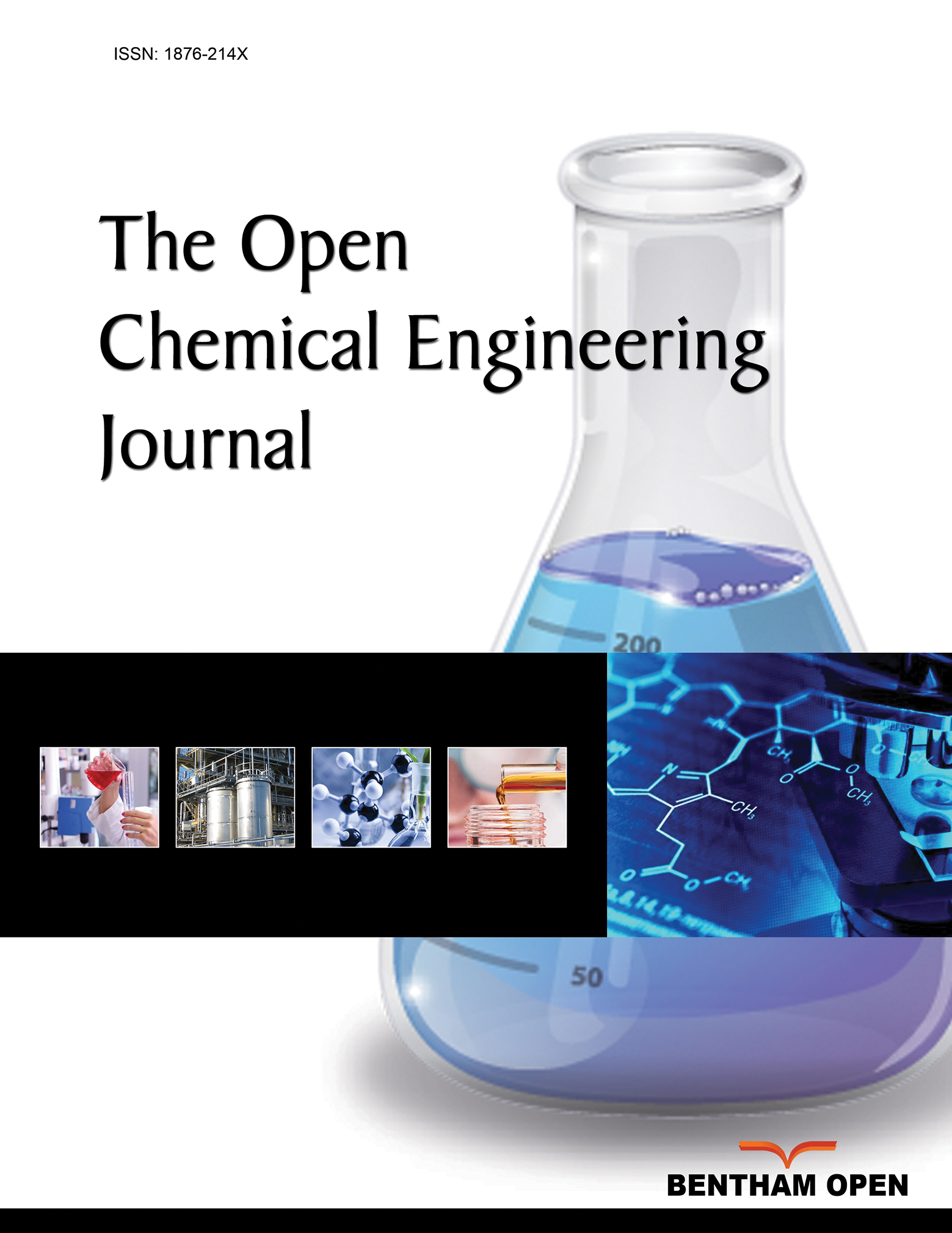All published articles of this journal are available on ScienceDirect.
Mixing Experimental Study on Water-rock Interaction (WRI) in the Inland Shallow Salt Groundwater Area
Abstract
The shallow salt groundwater is widely distributed in North Shandong, which makes it difficult for people and livestock to drink daily. In addtion, the genetic mechanism of shallow salt groundwater is complicated. The study was carried out in Xiyan Village of Jiyang County, it choosed the silt buried in 3-9 m depth, shallow salt groundwater and atmospheric precipitation as test materials to measure chemical composition of groundwater. Base on soluble salt test, rain-saltwater mixing test and rain-saltwater-silt mixing test, ions component of mixture were measured, the hydrogeochemical action process of WRI was analyzed and formation-evolution of inland saltwater was deepened knowledge. It is shown that (1) The occurrence threshold of WRI was 20%, which was the volume of saltwater in mixture. (2) When the rainwater, saltwater and silt were mixed together for 12 hours, calcite and dolomite precipitated, halite and gypsum were in dissolved state. When the volume of saltwater in mixture was larger than 20%, gypsum was closed to saturation, the main cation exchange was Mg-Na, the exchange of Ca-Na was in the second place; The order for anion adsorption amount of aquifer medium was SO42- > HCO3- >C-. The study proves that groundwater circulation is slow and continual, some hydrochemical actions (i.e. ion exchange, adsorption, mineral dissolution or precipitation, and strong evaporation-concentration) are happened during the evolution process of inland shallow groundwater. All these will lead to Cl•SO4-Mg•Na type salt or slight salt water with TDS being larger than 2g·L-1.


